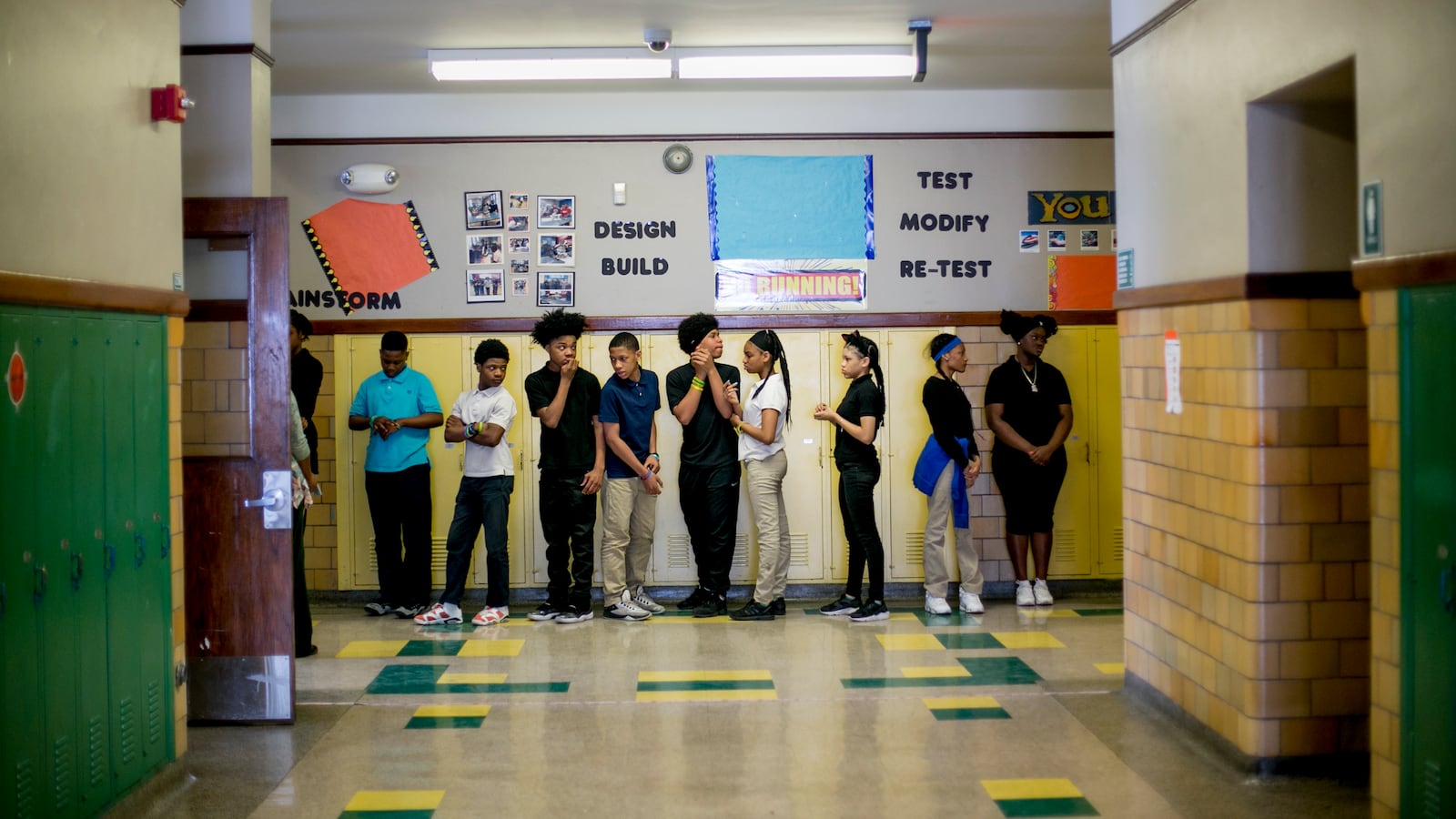There’s no question that Detroit schools are struggling with the serious consequences of students coming and going throughout the school year. What’s less clear is how the problem compares to other cities and states.
That’s because no one is keeping close track nationally of these frequent school moves, known by academics as student mobility or enrollment instability.
A Milwaukee news organization that surveyed the education departments in all 50 states found that half don’t collect or post data on students hopping around. And of states that do collect the data, the numbers they collect are so inconsistent that making state-to-state comparisons is nearly impossible.
Some count only mid-year switches, for example, while others include changes over the summer. In Florida, students are considered “stable” if they’re in the same school from October to February while in Massachusetts, stable is defined as those enrolled from October to June.
Without reliable data, it’s harder for policymakers to recognize the problem or fashion solutions.
“Of the many dimensions of poverty, student mobility seems to be one that has the ability to be addressed through state and federal policy,” Jeffrey Grigg, a Johns Hopkins University education professor told the Milwaukee Journal Sentinel. “It has great implications for the instructional work that people are trying to accomplish in schools.”
Chalkbeat last week published Moving Costs, a series of stories with our partners at Bridge Magazine about how student mobility disrupts Detroit classrooms, and not just the students who move from school to school.
We focused on a single 8th-grade classroom where the average student had cycled through more than four schools on their way to eighth grade — a rate that’s not unusual in a city where 1 in 3 elementary school students changes schools every year.
Turmoil like that has been proven to drag down test scores, exacerbate behavioral problems, and drive up dropout rates.
The Journal Sentinel’s reporting found similar issues affecting Milwaukee schools.
The paper’s series, called Lessons Lost, focused on a Milwaukee school that received enough extra money and support from local authorities to improve attendance and reduce suspensions. And yet in a city where 1 in 4 students changes schools every year, test scores remained low as students flowed in and out of the school.

